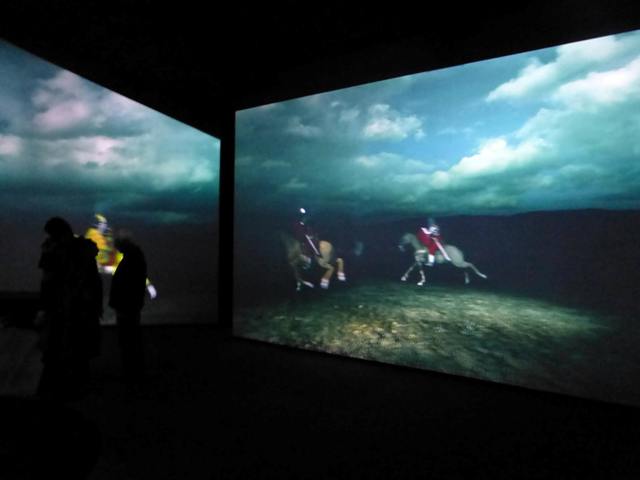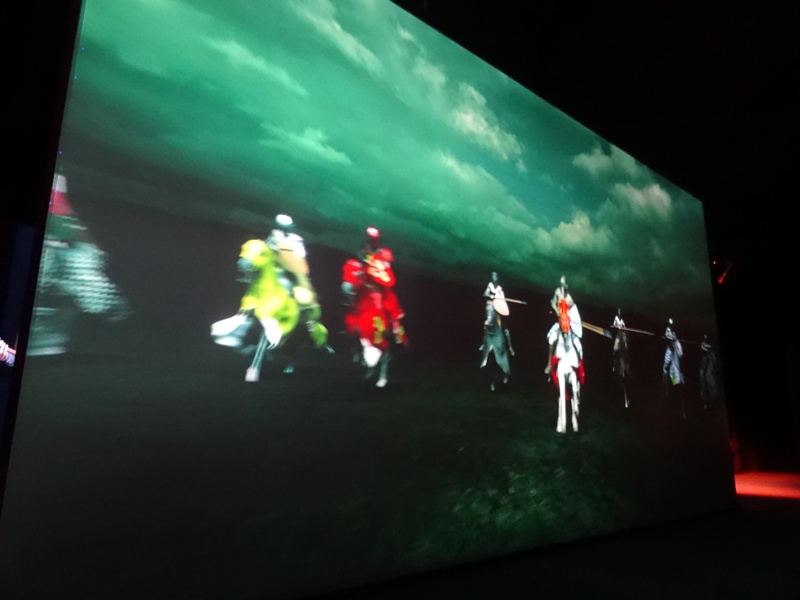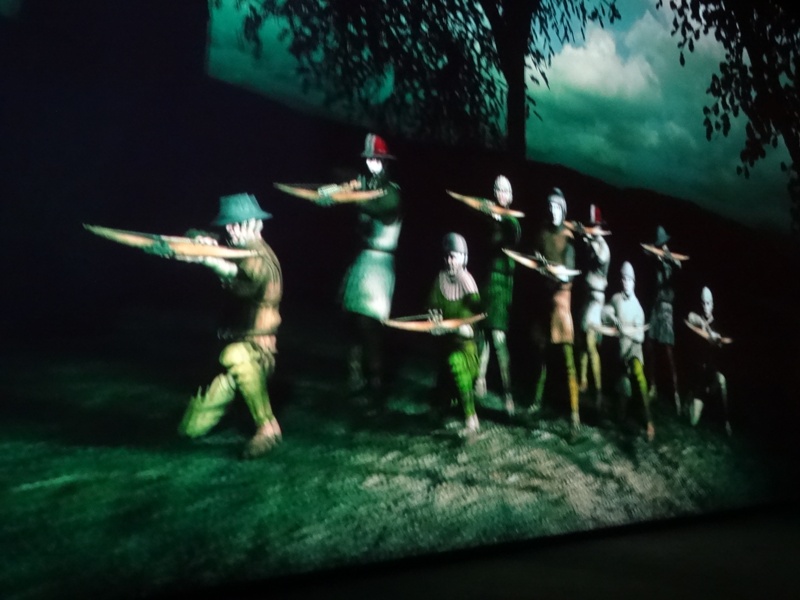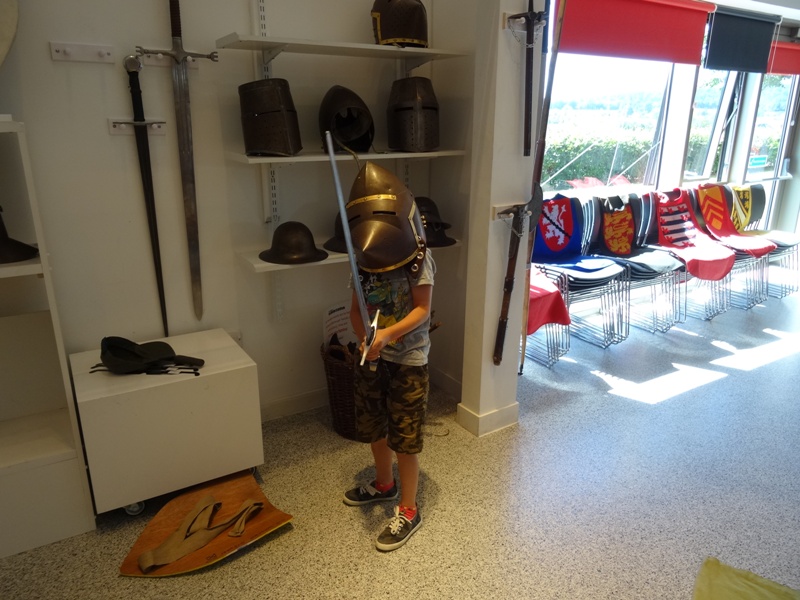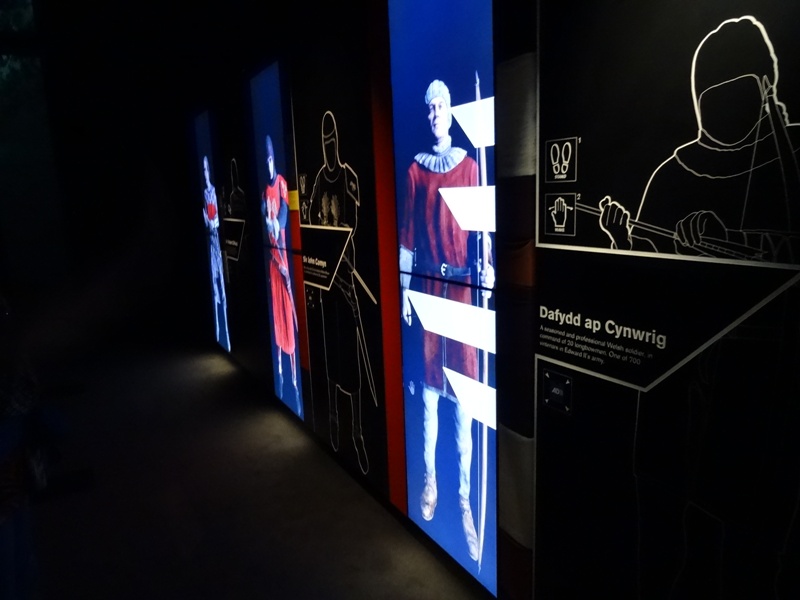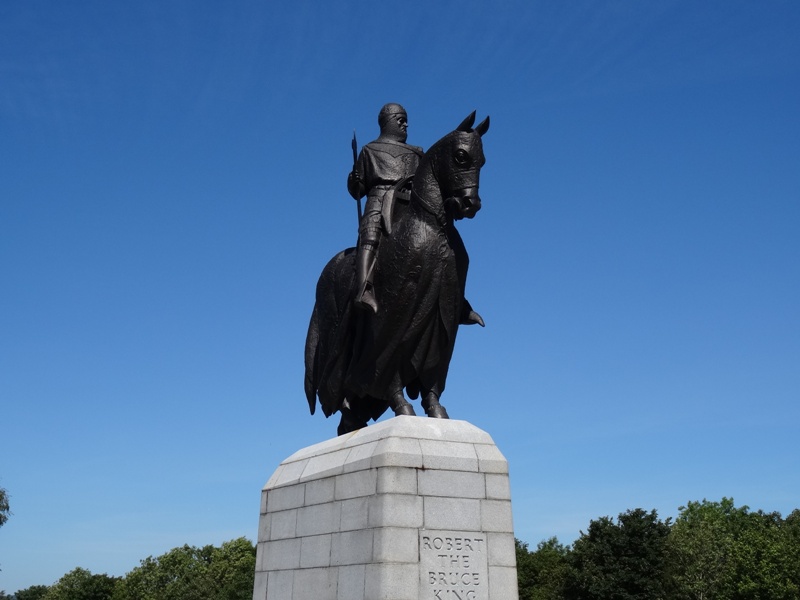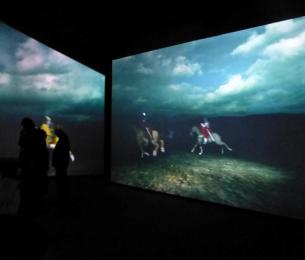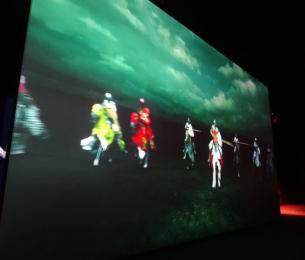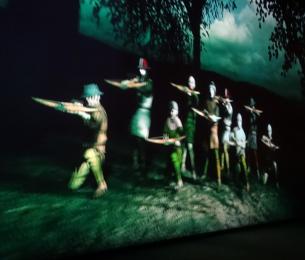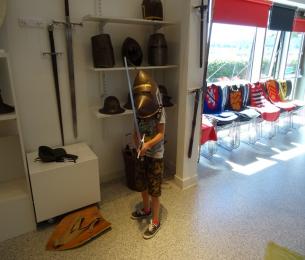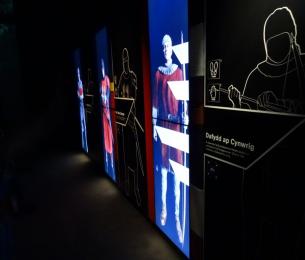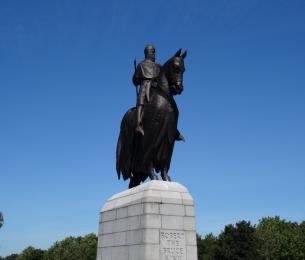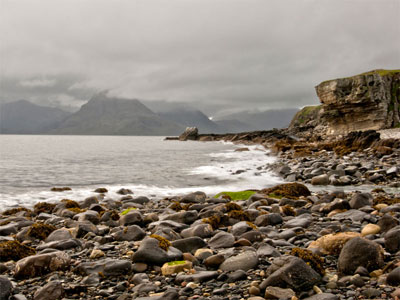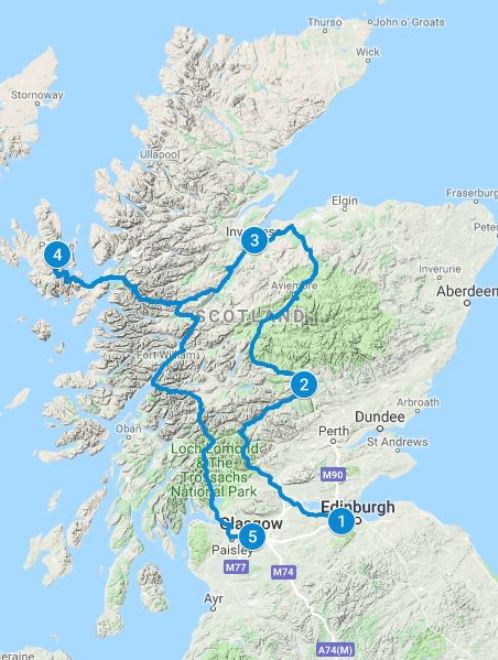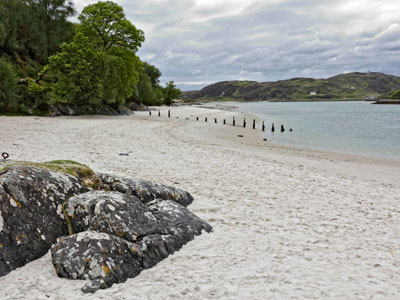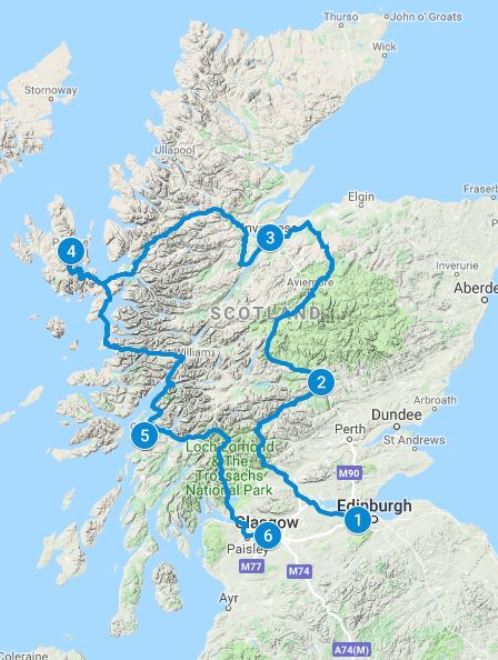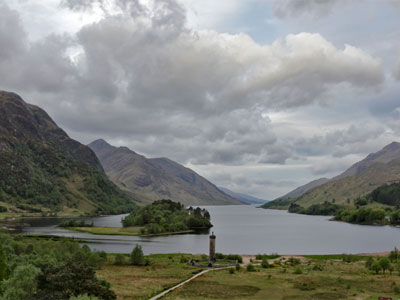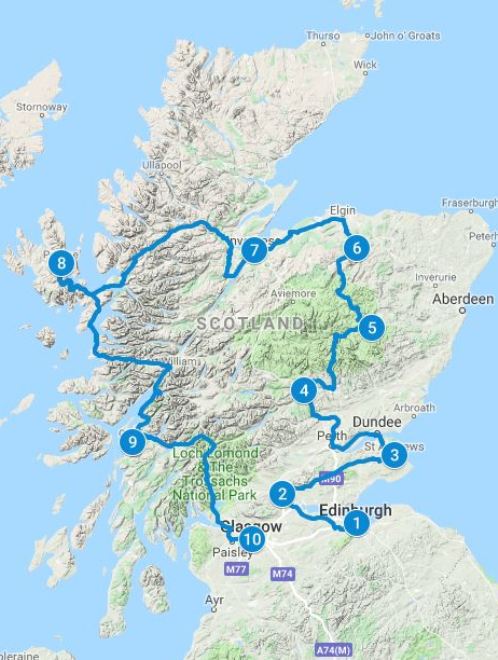Battle of Bannockburn visitor centre
Overview
The Battle Bannockburn took place on the 23rd to 24th June 1314 and was a decisive victory for the Scots during the Wars of Independence with England.
The objective of the English army, led by King Edward II, was to relieve the English garrison holding Stirling Castle. It was not a battle that King Robert the Bruce of Scotland had wanted to fight as his campaign against the English invaders had been based on guerilla tactics. But the battle was brought about by his brother, Edward Bruce, who had negotiated with the English garrison that they would surrender if not relieved before the 24th June.
The Scottish army of Robert the Bruce numbered around 6,500, but superior tactics enabled them to decisively defeat an English army of around 18,000 men. It is an exhilarating story of David and Goliath proportions that is brought to life at the Battle of Bannockburn visitor centre with 3D technology and computer-generated imagery.
At Bannockburn, the Scots made careful use of the terrain to control the battle and hemmed in the larger army so it could not deploy its military power. When the English cavalry did manage to engage the Scots, they met densely packed squares of foot soldiers brandishing long spears that they could not penetrate. These squares of spearmen were trained to manoeuvre en mass and they pushed the enemy back towards the marsh ground of the Bannock Burn. At this point, the numerical advantage of the English was negated because the terrain denied them mobility and they could not escape from the thrust of the Scottish spearmen.
The new visitor centre at Bannockburn was completed in 2014, in time for the 700th Anniversary of the Battle. This is not a conventional museum tour as there are very few battlefield artefacts that have been found at Bannockburn. So what you get here is an exhibition that uses some very impressive 3D displays to bring the battle experience to life. As a prelude to the main 3D experience, you watch a 3D version of a "puppet show" (it's not as whacky as it maybe sounds) where King Robert's loyal friend, Sir James Douglas, explains the Scottish side of the events that led up to the Battle. The English perspective of the battle is then explained by Lady Isabella, the French wife of Edward II, the English King who led the opposition at Bannockburn.
The tour guide then takes you to the "battle room" where you can view a large table with a map of the battlefield as it would have looked in 1314. The guide points out the locations of the different army groups on the map and explains the ingenious tactics that Bruce employed to counter his enemy's superiority in terms of numbers and armament. Our guide was an animated lady who did a great job of bringing the bloodiness of the battle to life.
You then move into the most visually impressive part of the exhibition where you are placed in the firing line of the battlefield with cavalry and archers launching their attacks at you. The quality of the lifesize animation is very good, but they have toned it down a bit so that it isn't too frightening for children. In our opinion, they could have made it a bit more dramatic with more cavalry horses in the charges and more combat re-enactment, but it will still have you ducking as arrows fly past your head. This bit used to be done in 3D and you wore special glasses to give you more of an impression of what it felt like to be on the receiving end of a longbow.
Either side of the main arena are "corridors" where you can learn more about the characters in the opposing armies. In these "corridors" you find several historical figures from different tiers of society. The people represented each have summaries about their background and role in the battle, so you can learn about the conflict from the perspective of peasants and nobles. This part of the experience used to be done with computer animation so you could wave your hand and the historical character would start to talk to you and tell you their story. We suspect they decided to stop the computer animation feature as it was a bit of a bottleneck in the flow of the tour, and made it difficult to condense the tour experience into a 1 hour slot,
After you have watched the battle animation, felt the weight of some replica weapons, and read about the combatants on each side, the tour concludes with a short film about the impact of the battle on the Scottish Wars of Independence, and how it led to the demise of Edward II of England. You can then step outside and walk up to the monuments that commemorate the battle. These consist of the "rotunda" which surrounds a flagpole erected on the spot where legend has it that Bruce planted his Royal Standard on the eve of the battle. And a little beyond the rotunda is a magnificent statue of Robert the Bruce in full battle armour astride his battle horse. The face of the statue is modeled on a cast created from a skull that is believed to be Robert the Bruce's.
|
Address: |
Glasgow Road, Stirling, FK7 0LJ Tel:0844 493 2139 |
|
Operated by: |
National Trust for Scotland |
|
Opening Hours: |
3 Jan 2024 - 21 Dec 2024: Open daily from 10:00 - 17:00 |
|
Admission: |
Adult: £8.50, Child / Concession: £7, Family: £24 |
|
Parking: |
Yes |
|
Languages: |
Information boards in English and some Video displays with foreign language selections. |
|
Accessibility: |
This is a modern museum that has been designed with wheelchair access in mind. The path from the visitor centre to the statue of King Robert the Bruce is smooth, but climbs at a slight gradient. |
|
Toilets: |
Yes |
|
Shop: |
Yes |
|
Cafe/Restaurant: |
Yes, the cafe provides a good range of options for a light lunch. |

